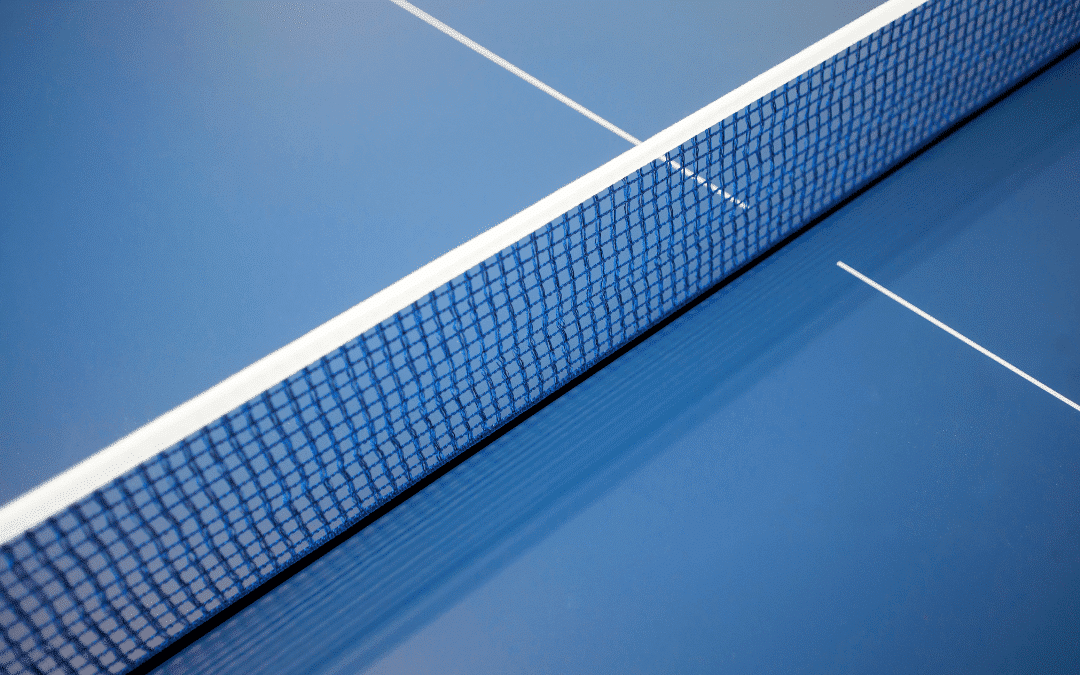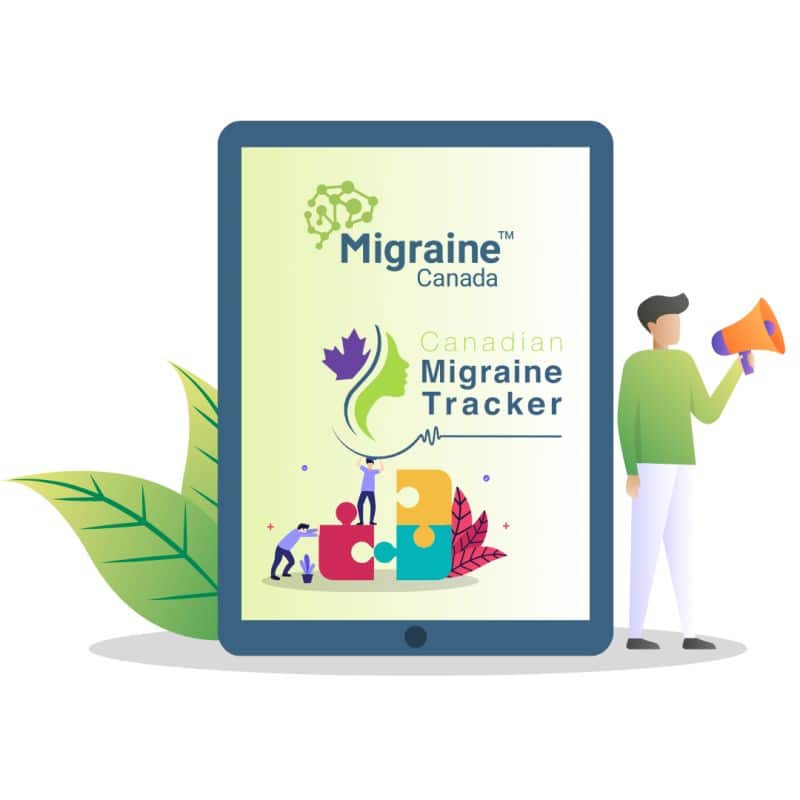Understanding whether migraine is a cause or a consequence of various factors is crucial for effective management. This article on the Ping Pong Theory delves into the complex interplay between the brain and its environment, highlighting how triggers and symptoms influence each other. By exploring this dynamic, we can better comprehend the causes of migraine and identify strategies to alleviate their impact.
Is my stress causing my migraine? But having migraine is a major cause of stress for me! And these neck tensions… are they a cause or consequence of migraine?
Migraine is a complex neurological disease of how the brain reacts to various factors, rather than a single cause. It is not caused by chocolate, or stress or hormones. Most of us eat chocolate. All of us go through stress. Women of reproductive age have hormonal cycles. Yet, not everyone has migraine.
The Ping Pong Theory
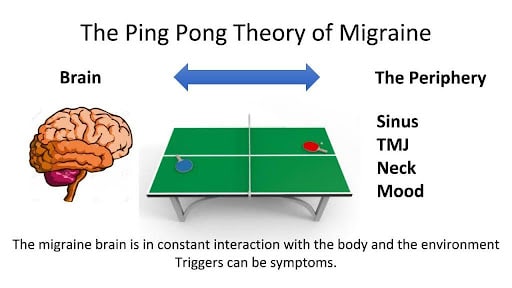
In this ping pong game, one player is the brain, and the other is the environment (inside your body and the outside world). The link between your deep brain centres and the world are your nerves, including smell, vision, balance, etc. The nerve that carries pain from the face is called the trigeminal nerve (because it has three pairs of branches: “tri” for three, and “geminal” for pairs). It interacts closely with the nerves at the back of the neck.
If the environment starts the game, a powerful trigger will be needed to activate the migraine cascade. When the migraine brain reacts, a cascade occurs to cause a pounding headache with nausea. For example, the menstrual drop in estrogen levels, alcohol, and strong smells can reliably trigger attacks.
In another scenario, the brain, maybe sensing multiple small triggers, starts the game. It initiates the attack and leads to symptoms that you may interpret as triggers: neck pain, sinus pain, eye pain and smell hypersensitivity.
It is difficult to determine if something is a trigger or an actual sign of the attack (the early stage is called prodrome). Examples include fatigue (is it the attack starting or is it a trigger) and foods (is chocolate the trigger or am I craving chocolate because my attack is starting). Neck pain is another famous example: is my migraine causing my neck pain, or are these neck tensions triggering the attack?
Some migraine brains also have a threshold so low that normal living activity triggers attacks. In this situation, which often results in chronic migraine, the brain/environment game turns into long exchanges or vicious circles. In this case it can be hard to tell whether the environment or the migraine is starting the game. If attacks occur almost every day, almost anything could be a trigger. That is very difficult to analyze and often increases anxiety.
Many vicious circles leading to chronic migraine. A global approach is best.
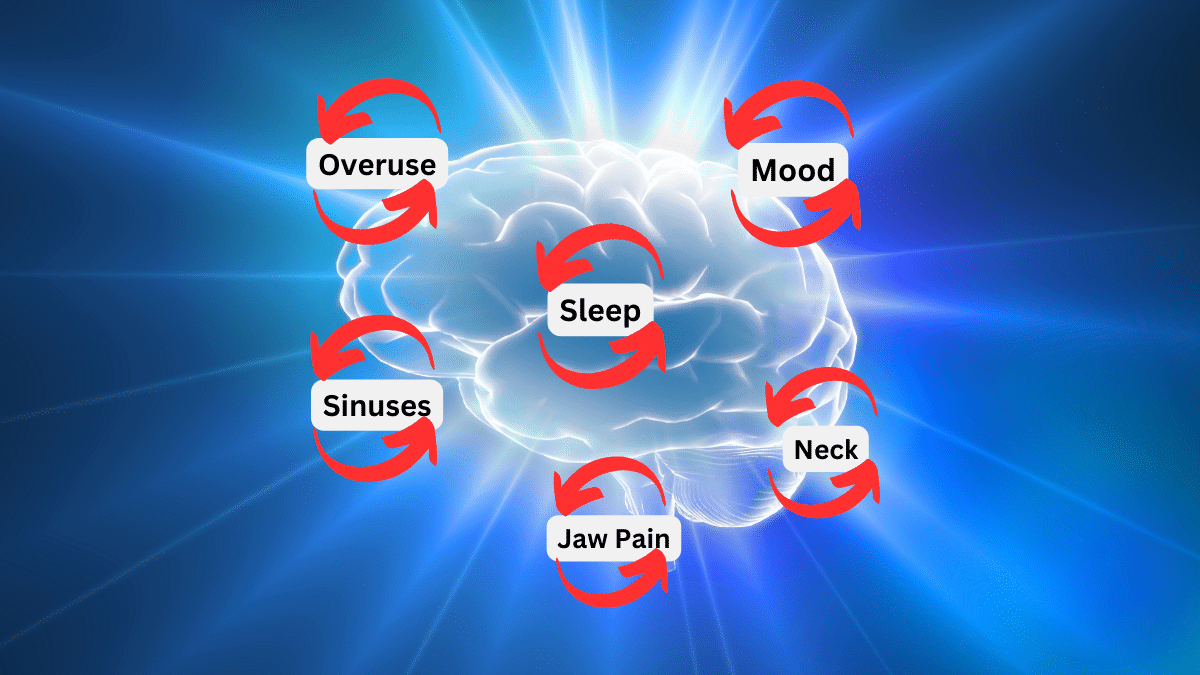
How can I stop this nasty game?
The Ping Pong theory helps us understand the diverse treatment options for migraine.
Managing Migraine: Two Strategies
- Stabilize the brain to make it more resistant to attacks (“increasing the threshold”). Approaches include:
- Medications and Supplements: Modify brain chemistry to increase resistance to attacks.
- Neuromodulation: Use electrical methods to stabilize the brain.
- Exercise: Exposing our brain little by little to tolerate changes is the basis of training. Exercise is a good example. Staying active and avoiding deconditioning is important.
- Routine Stabilizing Activities: Practices like meditation can stabilize the brain.
- Decrease the load on the brain by targeting the environment (or periphery).
- Address Other Conditions: Treat sleep apnea, depression, or inflammatory disorders.
- Dietary Adjustments: Avoid gluten or lactose if intolerant.
- Hormonal Regulation: Use continuous contraceptives to prevent estrogen drops.
- Sinus Care: Maintain good sinus hygiene to reduce inflammation.
- Botox Injections: Reduce muscle tension and nerve sensitivity.
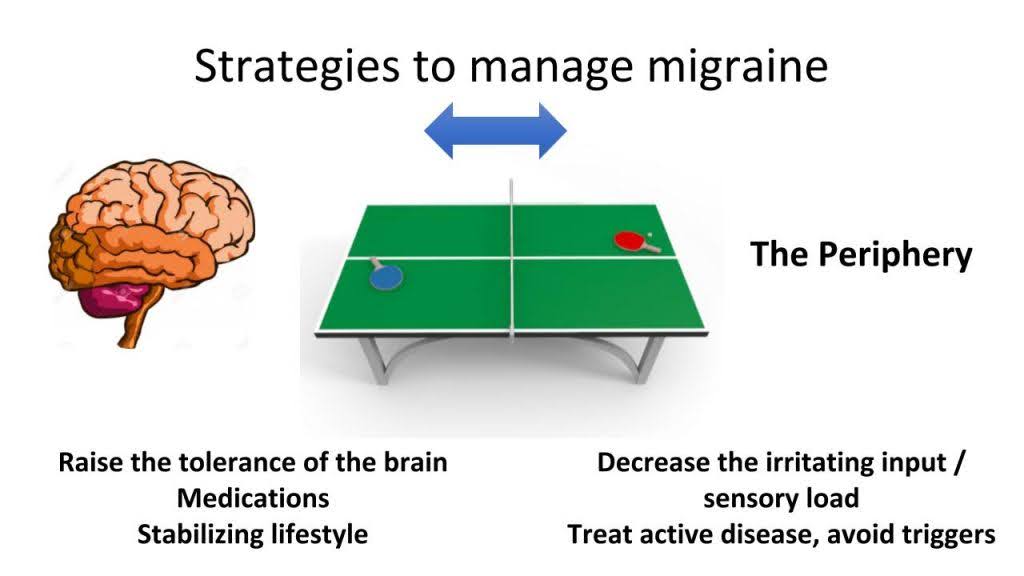
Lifestyle Habits with Double Benefits
- Exercise: Strengthens and stretches muscles while positively influencing brain function.
Cognitive Behavioral Therapy (CBT) and Meditation: Improve brain function and help manage emotional stressors and energy drains.
Tailoring Treatment
Migraine treatment is highly individual. Combining various approaches and understanding personal thresholds and trigger sensitivities is key. The Golden Rule of migraine management is that there is no one-size-fits-all solution.
Post #008

